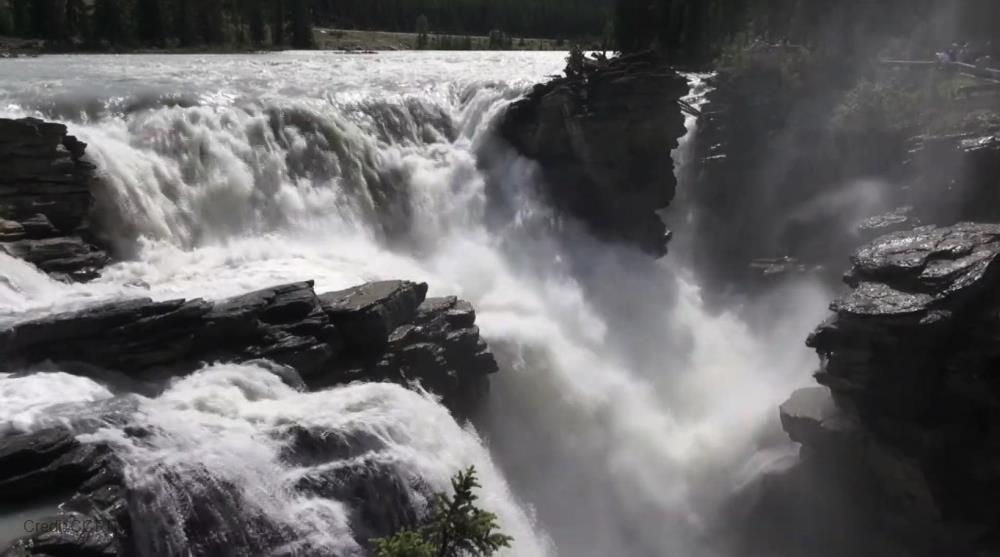
Related items loading ...
Section 1: Publication
Publication Type
Journal Article
Authorship
Condon, L., Markovich, K., Kelleher, C. McDonnell, J., Ferguson, G. and McIntosh, J.C.
Title
Where is the bottom of a watershed?
Year
2020
Publication Outlet
Water Resources Research 56, e2019WR026010.?
DOI
ISBN
ISSN
Citation
Condon, L., Markovich, K., Kelleher, C. McDonnell, J., Ferguson, G. and McIntosh, J.C. 2020. Where is the bottom of a watershed? Water Resources Research 56, e2019WR026010
Abstract
Watersheds have served as one of our most basic units of organization in hydrology for over 300 years. With growing interest in groundwater-surface water interactions and subsurface flow paths, hydrologists are increasingly looking deeper. But the dialog between surface water hydrologists and groundwater hydrologists is still embryonic, and many basic questions are yet to be posed, let alone answered. One key question is: where is the bottom of a watershed? Knowing where to draw the bottom boundary has not yet been fully addressed in the literature, and how to define the watershed “bottom” is a fraught question. There is large variability across physical and conceptual models regarding how to implement a watershed bottom, and what counts as “deep” varies markedly in different communities. In this commentary, we seek to initiate a dialog on existing approaches to defining the bottom of the watershed. We briefly review the current literature describing how different communities typically frame the answer of just how deep we should look and identify situations where deep flow paths are key to developing realistic conceptual models of watershed systems. We then review the common conceptual approaches used to delineate the watershed lower boundary. Finally, we highlight opportunities to trigger this potential research area at the interface of catchment hydrology and hydrogeology.
Key Points
-Methods for defining the bottom of a watershed vary greatly across the hydrologic community
-Improved communication and collaborative efforts between the catchment hydrology and hydrogeology communities are needed
Plain Language Summary
Section 2: Additional Information
Program Affiliations
Project Affiliations
Submitters
Publication Stage
Published
Theme
Presentation Format
Additional Information
Old-Meets-New, Refereed Publications


 GWFNet
GWFNet Master
Master Research
Research Map
Map
 Advanced
Advanced . . .
. . .

 Metadata Editor
Metadata Editor
 Record List
Record List
 Alias List Editor
Alias List Editor
 Legacy sites
Legacy sites